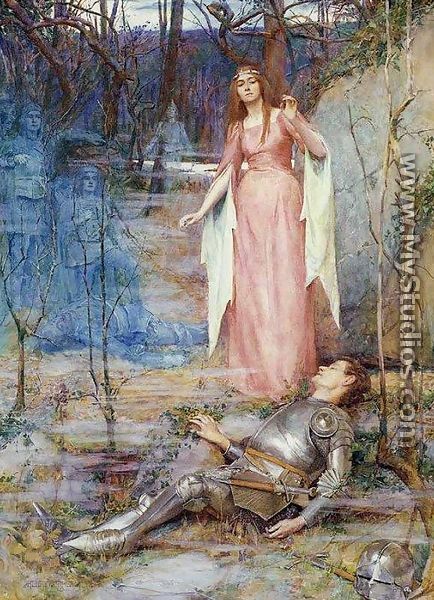FINAL ACTIVITY
How does To Autumn differ from the other poems you have studied?
There is no narrative voice and in contrast with all his other poems there is no desire to escape reality, he embraces, accepts it, moreover there is no love story between characters it is a pure interaction with nature.
How do I communicate a sense of warmth?
Through the vivid and vast images and with the creation of the autumn atmosphere, furthermore the words and sibilances that Keats uses have soft sounds that help build the sense of warmth.
How do I use language to reflect the passage of time and a sense of an ever-changing world in this poem?
With the cycle of life compared in unison with the ever changing seasons which are always repeating themselves in its pattern, even though summer finished and autumn is present now, summer will eventually come again after winter.
POEM ACTIVITY
POEM ACTIVITY
Orange tears will resurface
as green fantasies
- Use of colours to describe emotions, feelings, scenes, compare them.
- The Personification of Nature like Keats with Spring
- The cycle of life: LIFE AND DEATH, spring will eventually come again.
Gloden floor, let me through
Let mother's childern embrace you
- Nature becomes a personification of LIFE
- Personification of Mother Nature, we wrote it with a capital letter in order to create the idea of deity, as John Keats does with Spring.
- The idea of hope, comfort is present in both poems, its the idea that even though Autumn is here, Summer/Spring will eventually come again; "Autum (...) has its music too"
- The cycle of life: Spirng will come again
Beautiful Creatures!
Where dost thou go?
Away, away!
Ambar whispers are after you.
- The use of insects, which is typicall of spring (We used a butterfly in our verses whilst Keats used a bee, however in our poem you may interpret any kind of insect)
- The use of rhetorical questions to engage even more the reader with the speaker. Keats used them in the first verse of the first stanza "Where are the songs of Spring? Ay, where are they?"
- Moreover the use of synesthetic images "Amber whispers" (sight with sound) versus Keat's "The red-breast whistles from a garden-croft" (colour and sound as well)






















